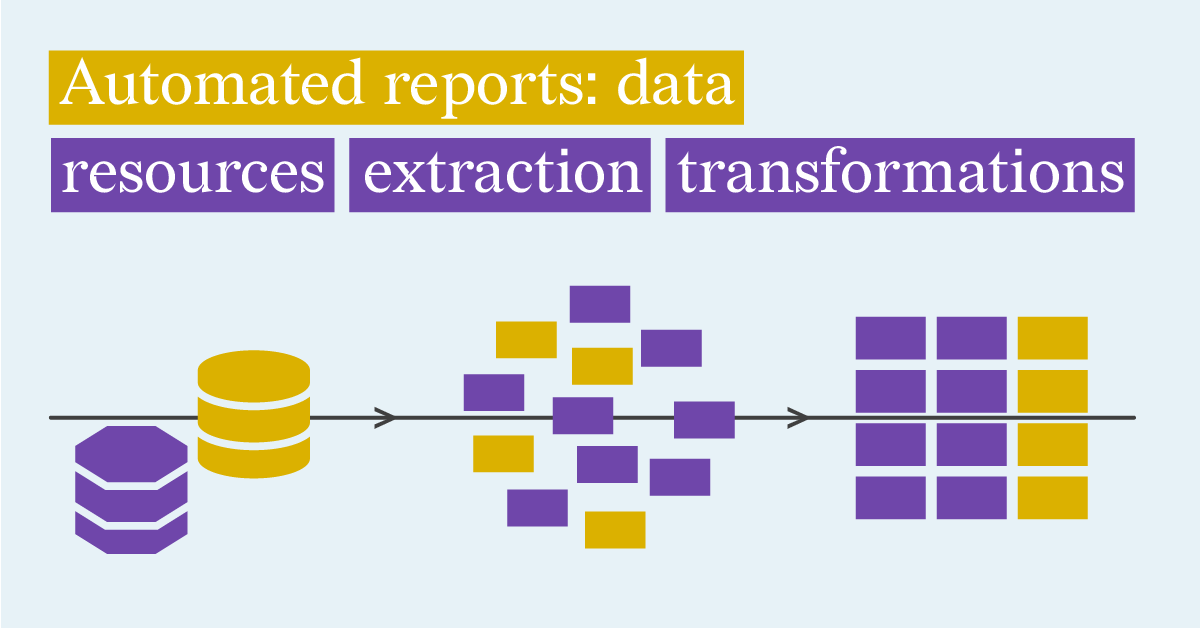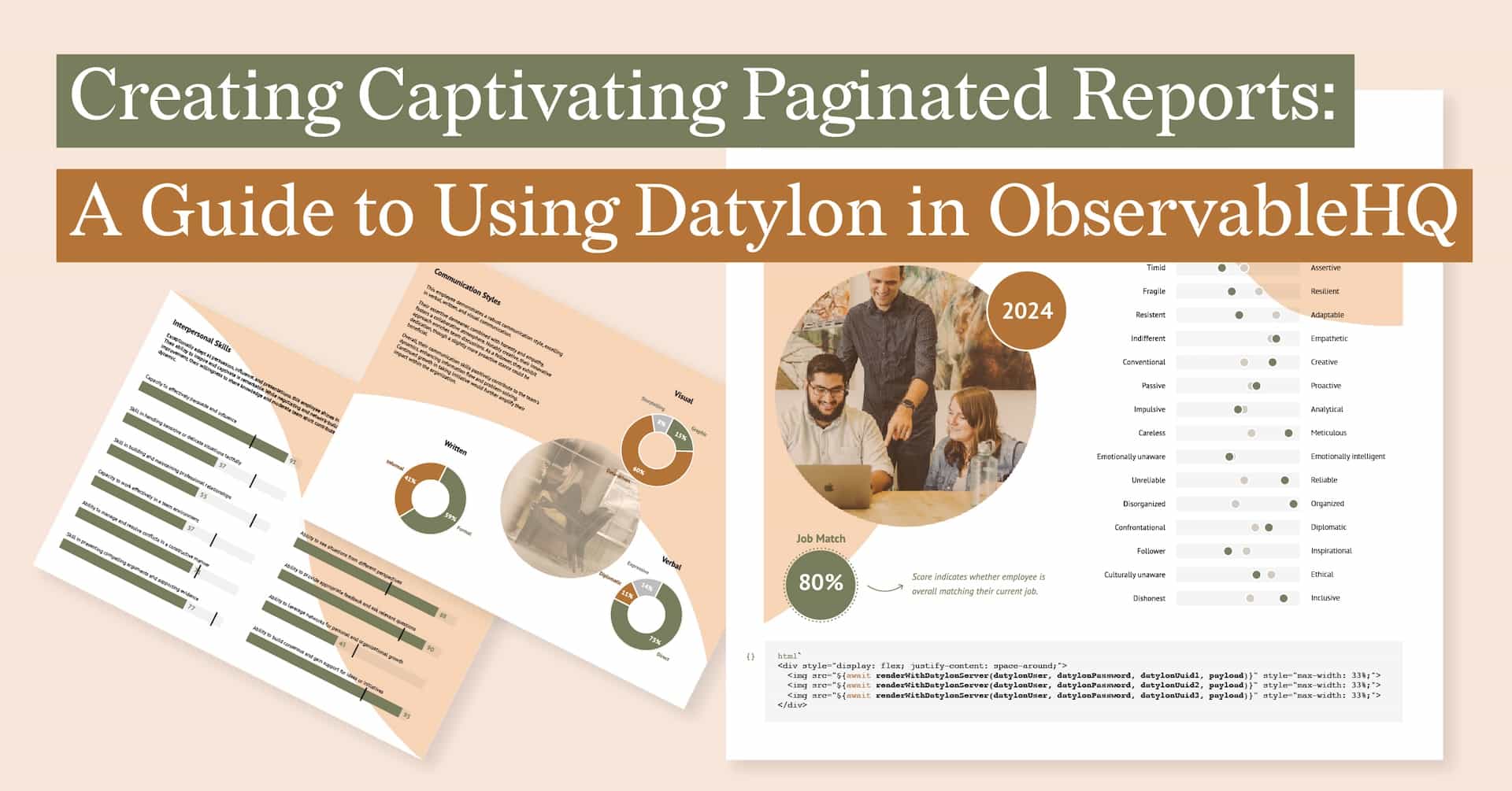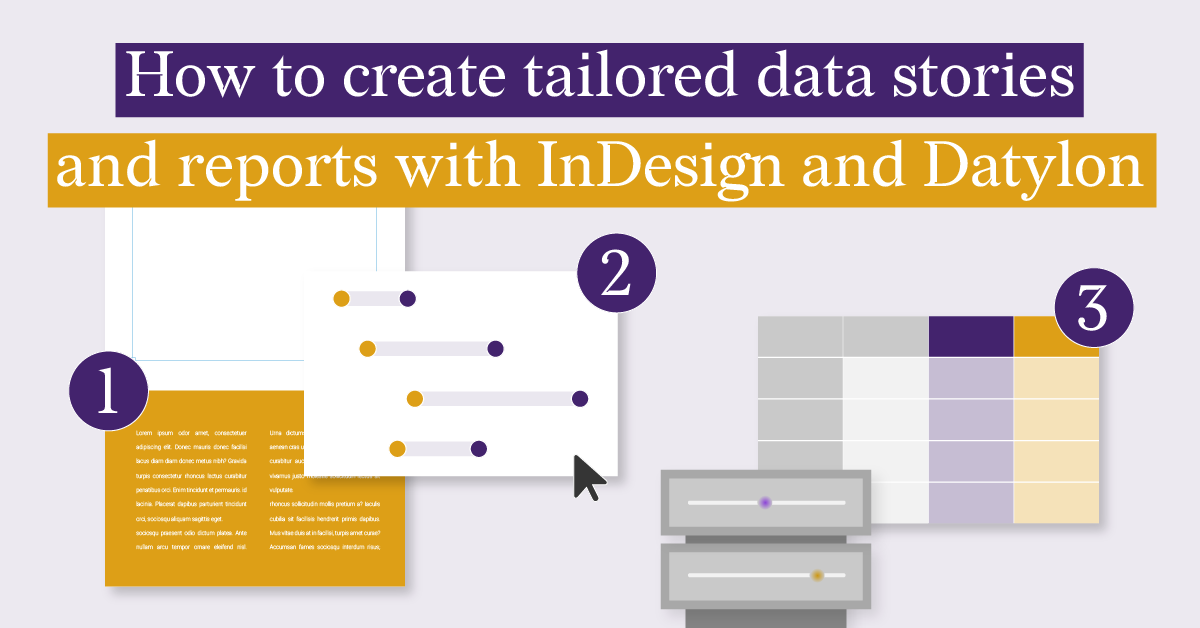Automated reports: Defining Data Resources, Data Extraction and Transformation Options

In today’s fast-paced business environment, making timely and informed decisions requires more than just data collection—it demands effective data visualization. Automated reporting solutions that focus on data visualization can transform raw data into actionable insights effortlessly. For business owners looking to implement an automated reporting system with a strong emphasis on visualization, understanding the technologies and tools available is crucial.
This article will guide you through how to leverage data resources for automated reporting solutions to enhance your reporting processes and drive better business outcomes. It will help to identify and manage where your business data is stored, cover tools and techniques to retrieve data efficiently from various sources, help to understand how to convert raw data into a format suitable for analysis and reporting and combine these processes into an efficient reporting workflow.
Table of content
1. Understanding Data Resources 3. Automating Data Transformation |
Understanding Data Resources
Understanding where your data resides is the first critical step in setting up an automated reporting system. By identifying and organizing your data resources, you can ensure that all relevant information is accessible and integrated into your reports.
What Are Data Resources? Data resources encompass all the repositories where your business data is stored. This includes internal systems like databases, cloud services, and external applications. Identifying and organizing these resources is the first step in setting up an effective automated reporting system.
Why Defining Data Resources Is Important? Properly defining your data resources ensures that all relevant data is accessible and integrated. This helps prevent data silos and ensures that all data used in your reports is comprehensive and accurate.
Tools for Managing Data Resources
- Database Management Systems (DBMS): Systems like MySQL, PostgreSQL, and Microsoft SQL Server facilitate the management and querying of data within your internal databases.
- Data Cataloging Tools: Solutions such as Alation and Collibra help in tracking and managing data resources, making it easier to ensure that all necessary data is included in your reports.
How to Identify Your Data Sources
Create a detailed inventory of your data sources, including:
- Internal Databases: Use DBMS tools to catalog internal data sources.
- External Sources: Track external data sources like social media and third-party APIs using data cataloging tools.
- Manual Entries: Document spreadsheets and other manually collected data to ensure comprehensive coverage.

Automating Data Extraction
Automating the extraction of data from various sources is crucial for maintaining up-to-date and accurate reports. This process reduces manual effort and errors, providing a more efficient way to handle your data.
What Is Data Extraction? Data extraction involves retrieving data from various sources and consolidating it for analysis and reporting. Automating this process ensures that your reports are based on the most current and accurate data.
Why Automate Data Extraction? Automating data extraction saves time and reduces errors, ensuring that your reports reflect the most up-to-date information available. This is particularly important for generating regular reports that require consistent and accurate data.
Tools for Automating Data Extraction
- ETL (Extract, Transform, Load) Tools: Platforms such as Talend, Apache NiFi, and Informatica streamline the extraction process from multiple sources.
- Data Integration Platforms: Tools like Zapier and MuleSoft automate data flow between applications, ensuring that your data is consistently updated.
- Web Scraping Tools: Solutions like Octoparse and Import.io can extract data from websites and online sources for inclusion in your reports
Real-Life Example
An e-commerce company might use Talend to automate the extraction of sales data from its online store and customer feedback from social media. Integrated data can be used for creating reports using Datylon Automated Reporting solution
Automating Data Transformation
Once data is extracted, it must be transformed into a format suitable for analysis and reporting. Automating this process ensures that your data is consistently formatted and ready for use in your reports.
What Is Data Transformation? Data transformation involves converting raw data into a format suitable for visualization and analysis. Automation in this process ensures that your visualizations are consistent and accurate.
Benefits of Automating Transformation. Automating data transformation speeds up the preparation of data for reporting, ensuring that your information is accurate and presented consistently.
Tools for Automating Data Transformation
- Data Warehousing Solutions: Tools like Amazon Redshift and Google BigQuery efficiently handle large-scale data transformation and aggregation.
- Business Intelligence (BI) Platforms: Software such as Microsoft Power BI and Tableau not only transform data but also enable the creation of dashboards.
- Data Preparation Tools: Platforms like Trifacta and DataRobot provide advanced capabilities for preparing data, ensuring that it is ready for effective presentation.
Business Use Cases
A retail chain might use a data warehouse solution to automatically transform sales data from multiple locations into a uniform format, facilitating the creation of recurring automated reports using Datylon Automated Reporting solution.
Integrating Automation for Comprehensive Reporting
How Automation Connects the Dots
Integrating automation for defining data resources, extracting data, and transforming it, ensures a seamless workflow from data collection to report generation. This integration guarantees that your reports are accurate and consistent.
Practical Tips for Implementation
- Assess Your Needs: Identify the types of reports that are most critical for your business and prioritize automating those.
- Choose the Right Tools: Select tools that integrate well with your existing systems and meet your specific reporting requirements.
- Test and Optimize: Begin with a pilot project to test the automation setup and refine it based on performance and feedback.
Challenges and Solutions
To ensure a smooth implementation:
- Secure Data Pipelines: Make sure the data pipeline adheres and integrates with your company’s security practices.
- Ensure Compatibility: Choose tools that are compatible with your existing systems and data formats, and ensure proper integration.

Conclusion
Implementing an automated reporting solution can greatly enhance your business operations by improving the efficiency, accuracy, and consistency of your reports. By leveraging the right technologies and tools for managing data resources, extracting data, and transforming it, you can streamline your reporting processes and ensure that your reports are reliable and timely.
As technology continues to advance, new tools and techniques for data automation and reporting will emerge. Staying informed about these developments will help you maintain an effective reporting system that meets your evolving needs. Adopting automated reporting solutions can transform how you manage and present your data, leading to better insights and decision-making. Explore and implement these technologies to optimize your reporting processes and gain a competitive edge in your industry.
👉If you're keen on crafting custom data visualizations, visit our Bespoke Data Visualization Solution page, where we showcase numerous examples of our past projects.
Additional Resources
What is automated data reporting? A complete guide
The Great Report Debate: Manual, Automated, or Interactive?
Climbing the Ladder of Automated Reporting Solutions with Datylon
Mastering Versioned Stand-Alone Reports
Building an automated reporting solution with Datylon Report Server
Automated Data Visualization Trends: What to Look for in Report Server Tools
Automated reporting for various industries:
Revolutionizing Marketing and Media: The Power of Automated Reporting
Automated Reporting in Asset and Wealth Management: Trends and Best Practices
Boosting Efficiency: How Automated Reporting Transforms Associations
The Power of Automated Reporting in the Pharmaceutical Industry



